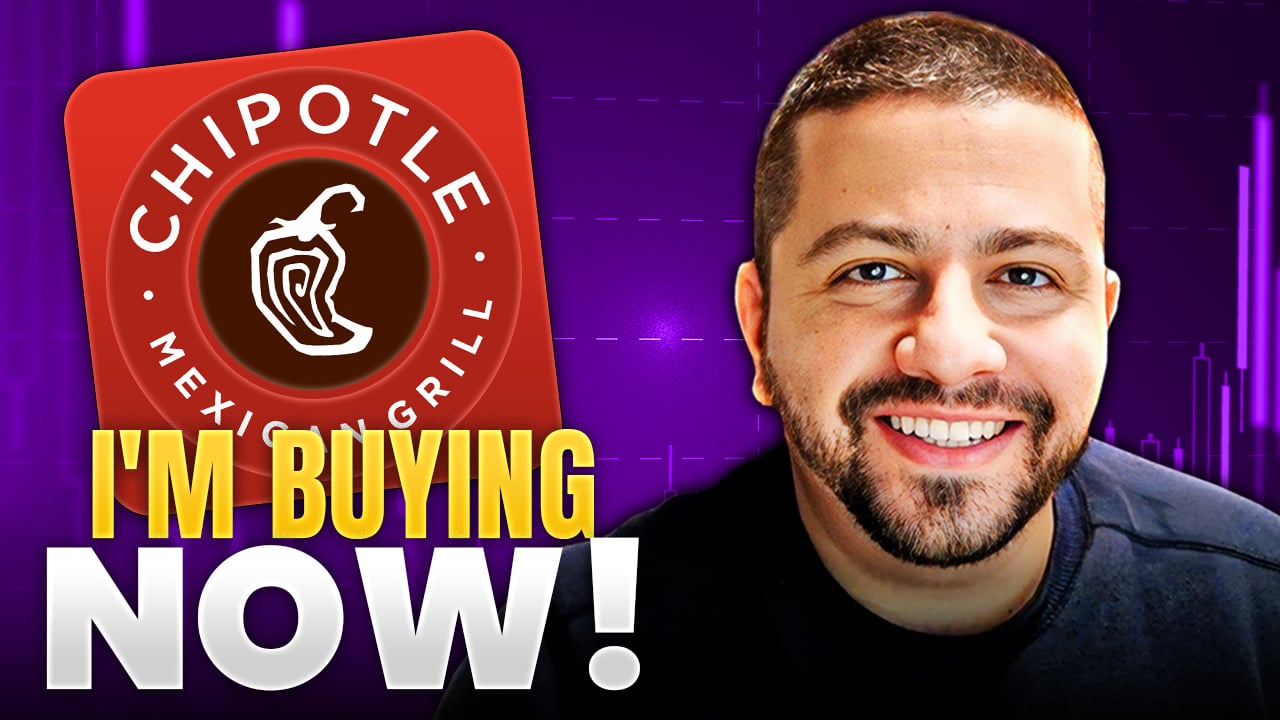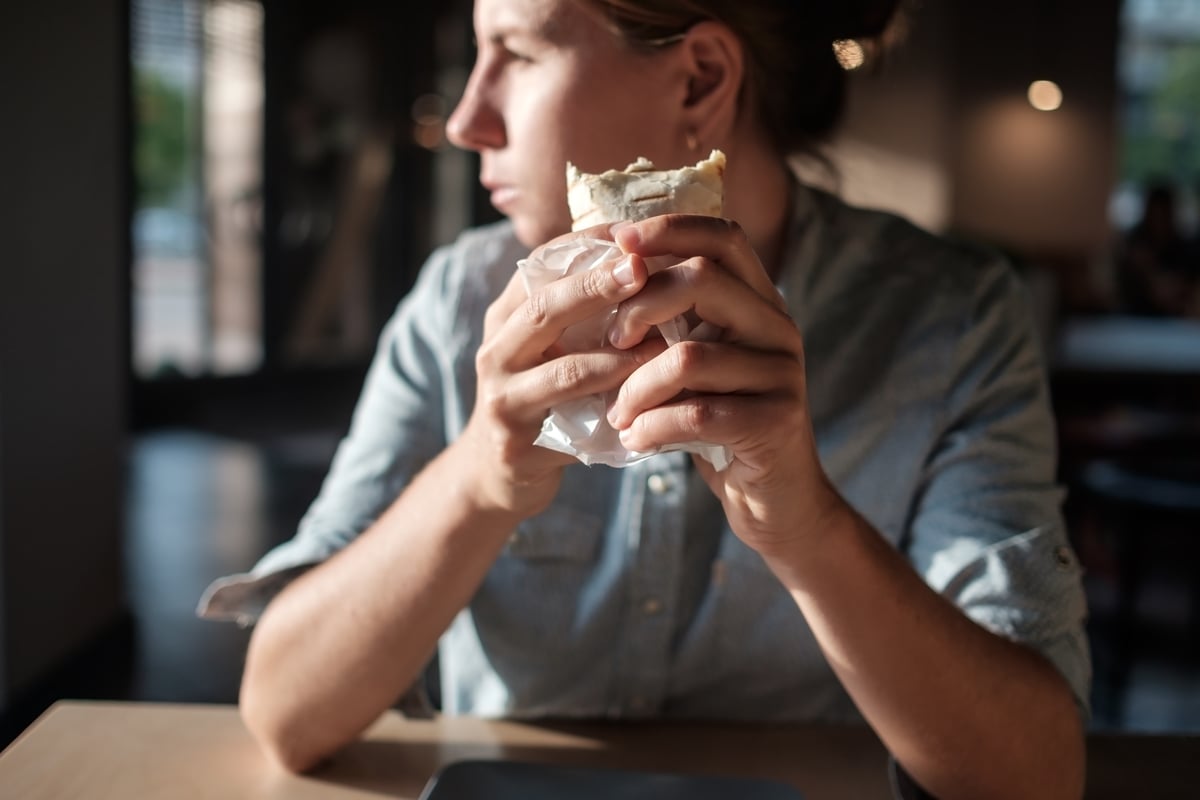Chipotle Mexican Grill (CMG 0.01%) pioneered the fast-casual restaurant segment and has long stuck to its keep-it-simple framework, but recent comments from management make it clear the company has major plans to shake-up the business and borrow from competitors as it continues its recovery from the food safety issues from 2015.
With a more data-driven approach, outlined by Chief Marketing Officer Mark Crumpacker, management has concluded that its most loyal customers, in large part, have returned in lieu of food safety concerns. However, there is still a large segment of customers who have more erratic engagement patterns that management believes are the key to future growth. To reach those customers, management outlined a series of potential changes, which I will coin "Chipotle 2.0."
Chipotle's Management has been criticized for being arrogant and obstinate to change, but the tone of its most recent conference call was indicative of its realization that change is indeed necessary. "Two important enhancements to the customer experience are menu innovation and digital ordering," CEO Steve Ells explained on the company's third quarter conference call. He continued, "we are actively exploring ways to enhance the guest experience by offering new additions to our menu. We believe that this is a good way to entice infrequent or lapsed customers to return as well as a way to increase sales."
There's a lot to unpack in that quote. Here's what burrito-lovers and investors can expect with "Chipotle 2.0."
1. Menu innovation
Chipotle is exploring continuing to expand and change their menu, with their recent addition of Chorizo speaking to that point. This is a very un-Chipotle like move as their menu has changed little since the late 1990's.
Opportunity: Excitement over new menu items can bring more customers into the store and potentially create more frequent customers if the menu items are received well. Desserts are in testing and could provide another source of high-margin revenue
Risk: Chipotle is built on simplicity, so complicating the iconic menu could damage customers' perception of their beloved restaurant.
2. Online ordering and digital solutions
Chipotle currently has a working mobile app that handles online ordering, however management is looking to continually invest in the ways customers can order. In store, Chipotle is testing a tablet ordering system where orders will be processed and sent directly to the "second make-line," where online orders are processed. Chipotle believes this second make-line can handle up to 50% of sales and thus increase throughput in-store.
Opportunity: This is where Chipotle may be taking a page out of Panera's (PNRA +0.00%) playbook. Ells outlined a plan to invest in online ordering and fulfillment capabilities so that some customers can skip the line. This approach could allow the time-strapped businesspeople to order from the office and pick up their lunch upon arrival and have less customers deterred by the characteristic long Chipotle lines, something Panera has mastered.
Risk: High upfront costs will cause margins to suffer through transitional periods.
3. Aggressive traditional marketing
Chipotle is turning to traditional marketing in order to fill the "need for wide-reaching efforts to invite new customers to Chipotle." Management is confident that their advertising campaigns are realizing tangible results, but in order to accelerate that momentum CEO Steve Ells said the company is considering national television advertising.
Opportunity: As mentioned previously, a significant portion of consumers aren't frequent customers, or they aren't customers at all. TV advertisements reach a broader segment of people who may need to be encouraged to try out Chipotle or come more often.
Risk: Chipotle has long made use of viral marketing, using social media as a tool for spreading its message. Examples include the recent "Love Story" short film that was made to be shared across social-media platforms. This kind of activity has kept marketing costs low and separated Chipotle's brand from the more aggressive marketing techniques used by fast-food companies. Traditional TV marketing could hurt Chipotle's authentic identity.
Foolish bottom line
Although signs of recovery are present and perceptions of Chipotle are strong, results have been disappointing, to say the least with same stores sales still dragging by 20%. This trend could be an indication that food safety is not the only issue dragging Chipotle down, and innovation must occur. In an uncharacteristic move, management has outlined many potential changes to drive growth, and over the next two years, changes could be coming to a Chipotle near you.
Chipotle believes it has plenty of runways and the potential to double its store count in the long run. Store openings is one way to fuel growth, but existing locations need to continue to perform too. Chipotle 2.0 is aimed at making that happen.







